
Review by Pete Vack
Photos courtesdy Racemaker Press
Caribbean Capers: The Cuban Grand Prix Races of 1957-1958 & 1960
Joel Finn, Racemaker Press, 2010
12 x 9 inches, 368 pages, over 500 mostly black and white photos
$199.95
FREE US SHIPPING for VeloceToday customers!
Send all inquiries to Maria@racemaker.com
Dear Joel,
Well, you did good this time. We might add that you almost always do good. I am constantly referring to your Testa Rossa book and the ARCA history, and I don’t even have copy of your most appreciated book, American Road Racing 1948-1950 but there is no doubt I’ll be getting one soon.
This time even Willem Oosthoek calls your latest book like it is. “Joel Finn’s Caribbean Capers is comprehensive, mostly well-researched and full of many interesting images of the Cuban races. I doubt another book on the subject of the Cuban Grand Prix will ever be written, since there just isn’t anything more to report than is in this book.”
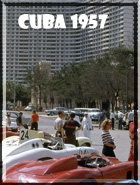
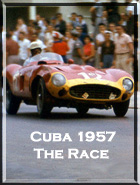
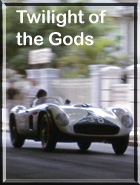

That’s about as good as it gets from a guy who could find fault with the Lord’s Prayer. Ok, he caught some errors but we’ll discuss that later.
In the meantime, upfront above the fold, we do need to tell our readers that if they have any interest whatsoever in racing in Cuba before 1961, this is the book to get and get it now while there are still copies available at publisher’s prices. And if you are also interested in the Ferraris and Maseratis of the era, it is a must, for there are so many previously unpublished photos it will bring tears.
Not only that, you’ve gone well above and beyond in depth reporting of the three international races held in Cuba in 1957, 1958 and 1960; you’ve researched the history of all motorsport in Cuba beginning from the 1900’s, all with excellent photos. We learn that the first speed event held in Cuba was way back in 1903, won by a curved-dashed Oldsmobile. By 1905, they were racing De Dietrichs and Mercedes and in 1906 even Vincenzo Lancia traveled to Cuba with his Fiat to enter the 1906 Havana Cup. Racing continued sporadically until WWII, mostly on dirt track ovals using American based racing cars. As you wrote, “Cuban oval track racing was fast, noisy, always competitive and attracted steadily larger and enthusiastic crowds…” This would set the stage for the international events in the mid-1950s. Let us not forget to mention the excellent photos from this era, of interest to oval track fans, or students of pre WWI racing history.
And since Cuba, particularly since Castro, is not very well known, we applaud your decision to include a bit of geography and political history as well. What you write seems well balanced, and honest, even though the politics was more turbulent than the racing. To be sure, the Bastista regime brought about a burgeoning economy, many infrastructure improvements and a much larger tourist trade. Staging a race of International scope was a natural. You also write of a series of events, called rallies (but were they?) run from 1954-56 that included a few Ferrari coupes and a D-Jag among the big American sedans. Cuba’s version of the Mexican Panamericana perhaps?
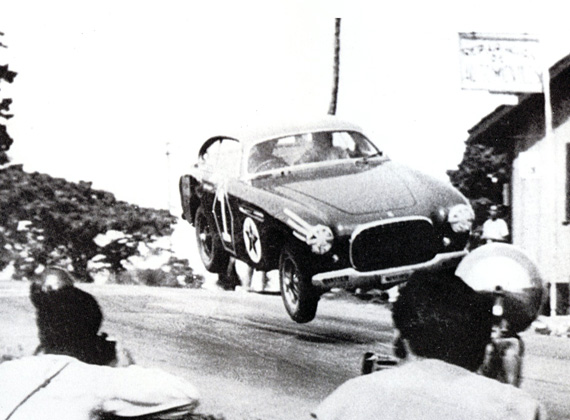
Now we know how those old Vignale coupes lost their bumpers! Rafael Cabrera walked away from this one, which occurred at the 1955 Pinar-del-Rio rallies in Cuba.
Then you really get into detail. While we at VeloceToday were only able to shell out about 4000 words and 30 images of the 1957 Grand Prix, you get all the space you need (100 pages on the 1957 event alone!) and it is well used. I liked your approach, with a chapter on the ’57 GP preparation, another on the days of practice, and a third on the race itself. Not too many color shots, but tons of never before seen black and white photos. You found a lot of people photos too, to augment the cars; everyone from Linda Christian to John Edgar to go from one extreme to the other.
You’re going to get some criticism for not including chassis numbers. I know, in the introduction you wrote that it was your intent to list the numbers for all competitors. I can certainly agree with you that there are many inconsistencies; we never did come up with the chassis number of Fangio’s winning car. It was your decision not to list, but it would have made the book even better even if a question mark was inserted besides the unverified. But I suppose it gives our Maserati/Ferrari historians some fresh meat to ferret out.
While the 1957 event was peaceful, safe, on time, exciting and a great event all the way around, as you tell us, the 1958 event was anything but. You provide an in-depth look at the Fangio kidnapping, some pretty horrific shots of the Cifuentes tragedy (his Ferrari went into the crowd, killing a number of spectators), and a full explanation of the various delays that led to vast unhappiness with the drivers. All in all, a mess. The race lasted for only six laps before being called, and even then the first place was contested. Well, there was a lot of money at stake—which is why it attracted so many top flight drivers in the first place. But you cover this well, as never before. You also reminded me that it was one of the few races in which Moss drove a Ferrari, in this case a big 335S.

Wonderful shot of Shelby joking with Moss about being ready far sooner than need be. Masten Gregory looks on. 1958 Cuban Grand Prix.
If the 1958 race was a mess, the entire country was at odds in 1959, as Castro had come into control of the country on January 1st, 1959. Facing a massive brain and money drain and a sudden lack of tourists, the new government decided that it might just be a good idea to have another race, similar to the 1958 event. Here, you again cover the backstory…racing continued even after Castro, primarily on an old WWII airfield and another, organized by Ken Coleman at Alamar, won by a Porsche 550RS. But it was far from the international gala that exemplified the ’57 and ’58 events. Coleman, an SCCA member who lived in West Palm Beach, would be instrumental in organizing what would be the last race in Cuba.
And so you finish up with “Gran Premio Libertad 1960 Havana Speed Week, February 21st through 28th.” Coleman must have taken his cue from Red Crise’s Nassau Speedweek and planned special package tours and built a new five mile racetrack.
But as you noted, in the intervening years, the cars and drivers had changed. Brabham was there with a rear engine Cooper Monaca that presaged the Can Am cars to come. Fangio had retired and many of the drivers who participate in the earlier events were dead. Moss, bless his heart, was at his peak and took the new T61 Maserati to victory over everything else anyone could throw at him.
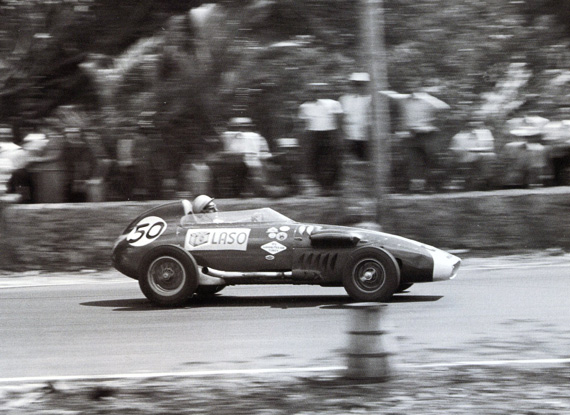
There are many, many photos of the Formula Junior races. Winning the second race was Lorenzo Bandini, seen here in a Stanguellini.
But it was a week-long affair, that boasted two Formula Jr. events counting toward the FIA FJr. Championship. You list a ton of Stanguellinis, along with drivers Ada Pace, Lorenzo Bandini, Juan Manuel Bordeu and his Lancia Dagrada, Peter Carpenter and Roberto Lippi and many more. Your photo selection here is wonderful! So glad to see the early F Jr. races so well documented. Plus there was a GT race right out of Hollywood, with nearly stock 300SLs racing nearly stock Corvettes racing Ferrari TdFs and an Aston Martin thrown in for good measure.
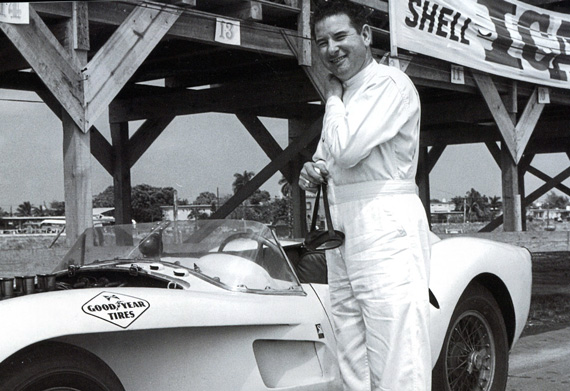
Lostsa photos of the Camoradi cars, but how often do you see Rodger Ward with a Ferrari? Havana, 1960.
Much of your book is new information (although you do give credit to Rafael Sanchez’s Grand Prix-From Havana to Miami for considerable amounts of information). You include a full page of photo credits at the back but none with the photos themselves. I see you obtained a lot from Diana Bartley, who was there to cover the 1957 event for Road & Track. But two things I really do miss, is a comprehensive source list or bibliography and an equally comprehensive index.
Back to Willem. Seems he caught you mistaking Bonnier for a Finn, Guarducci for Phil Hill, Boldanos for von Hanstein, and there was no Bob Sheppard, with was Jack Jr. Piroccchi was mistaken for Bandini and Cuevas for Casner. There is confusion about the Argentinian driver Antonio von Dory and a Fritz D’Orey. Al duly noted but my guess is that most were layout errors, and they were few in relation to the 368 pages and well over 500 illustrations that needed captions.
So, all in all, one of your best efforts yet and I heard that your latest, The 1912 Milwaukee Races: Vanderbilt Cup and Grand Prize is already on sale!
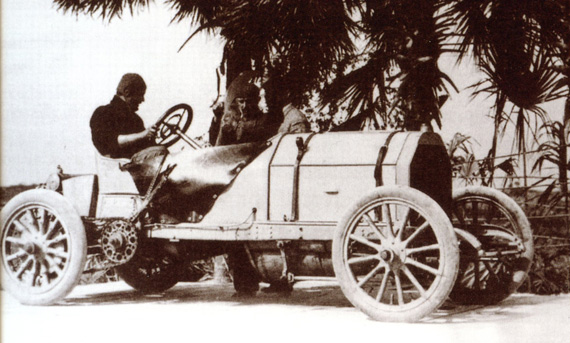
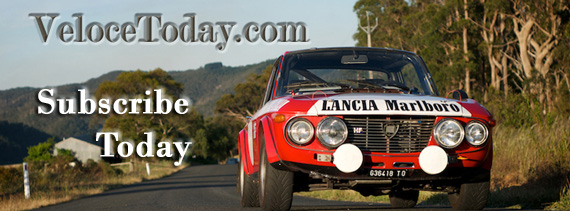
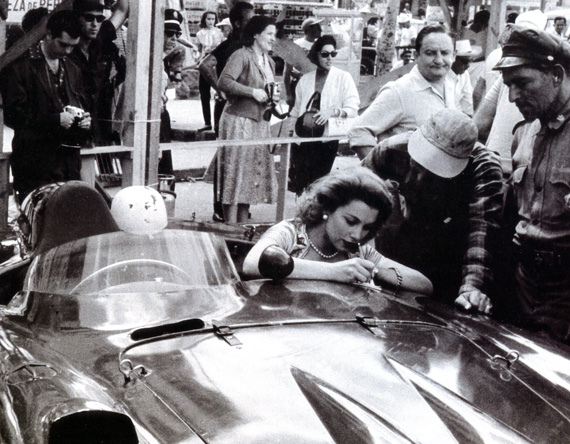
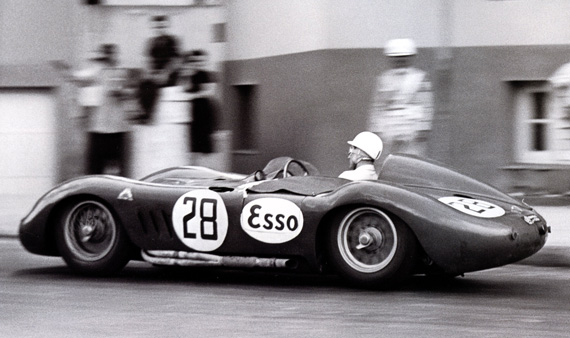
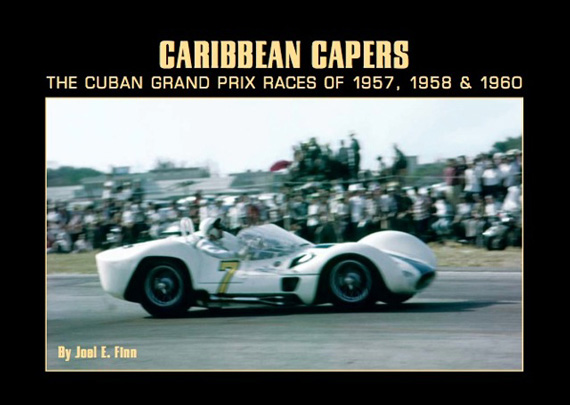
The Cuban and Bahama races were in infant years of motor racing when it was being brought to National and International attention.
I believe that Jim Kimberly, Wacky Arnolt and Ben F Harris were infant builders of the race’s & tracks being developed. This is amongst others also.
We know that Ben was tied to the US delegate which brought FIA to the states and that Jim and Ben were featured in the first edition of Sports illustrated for racing coverage, furthered by holding executive titles within the National SCCA in its infant years, much more.
If anyone has futher docs or pictures of Ben at the Cuban race or any other track, please let us know. There is an untold story !
motorcarinvestments@gmail.com
These links provide a few pictures of him, please be sure to click on the links at the bottom of the rough and incomplete story, as they will provide some unknown facts of who this man was.
Is this the first futuristic exotic automobile in the world, no wider, higher, longer or heavier than a AC Cobra or D Type Jag, but built in 1935 !!!
http://www.autopuzzles.com/forum/index.php?topic=11958.0
http://www.harrisspeedster.com/harris.html
Respectfully submitted,
John
Very interesting too bad it all came to an end!!!
A nice piece of work, done well, on an important subject that nobody else was going to write about. In other words, it was going to be lost if Joel Finn didn’t do it. Congratulations, Joel. — Carl Goodwin
Is possible to have a copy in Italy , many thanks in advance!!
Mauro